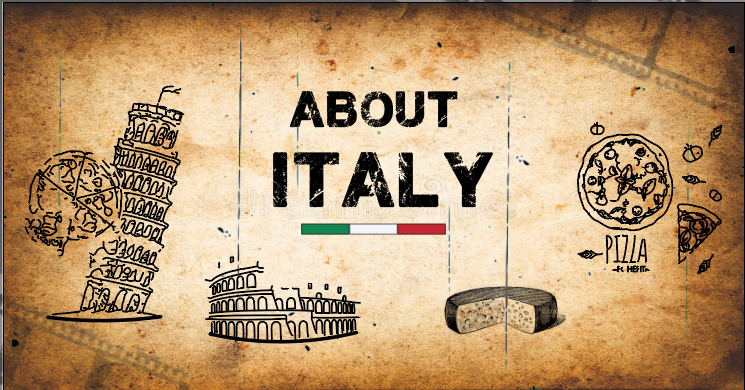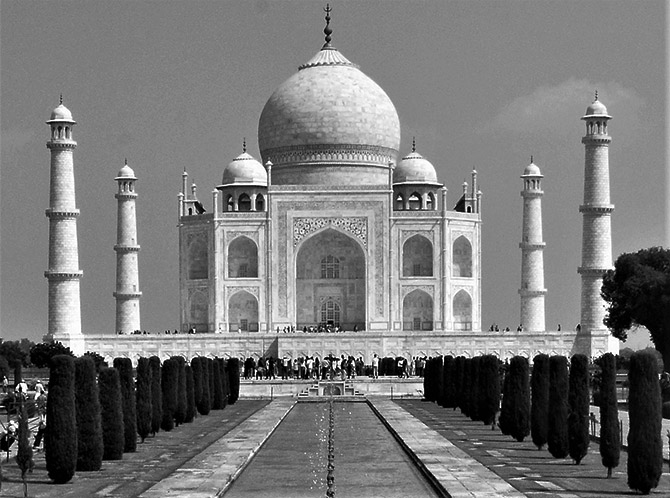Introduction:
Once upon a time, around the 5th century CE, a new class of religious texts called the Puranas emerged in Hinduism. These texts marked a shift in focus towards personal gods and the concept of puja, or worship, became increasingly important.
The Growth of Puja:
Devotees would offer specific food items, known as bhoga or naivedya, to their chosen deity as a way to appease them. One such deity was Visnu, who was often offered ghee and milk-based foods as a form of worship. Another popular deity, Ganesha, was known for his love of sweets, particularly a type called modaka. After the food was offered to the deity, it was distributed among the devotees as prasad, which was believed to be blessed by the deity.
The Emergence of Tantricism:
During this period, a new form of religious practice called Tantricism also emerged. Unlike mainstream Brahmanical religion, Tantricism believed that meat and wine were worthy offerings to the gods and encouraged their use among devotees. The goal of Tantricism was to harness the power of forbidden substances as a path to reach the divine.
The Significance of Food in Puranic Hinduism
Puranic Hinduism is a branch of Hinduism that is based on the stories and legends found in ancient Indian texts known as the Puranas. These texts contain a wealth of information on the gods and goddesses of Hinduism, as well as on the rituals and practices that are central to the religion. One of the most important concepts in Puranic Hinduism is that of food, which is seen as both a physical and spiritual nourishment.
Naivedya and Prasada: The Concept of Food in Hinduism
Food plays a crucial role in Hinduism and is seen as a way to connect with the divine. The act of offering food to the gods is known as naivedya, and the food that is left over after the gods have taken their share is known as Prasada. These two concepts are closely related and are seen as central to the practice of Hinduism.
Naivedya: Offering Food to the Gods
Naivedya is the act of offering food to the gods as a way of showing devotion and gratitude. It is believed that the gods and goddesses in Hinduism are constantly in need of nourishment and that offering them food is a way to keep them strong and powerful. The food that is offered is typically cooked with great care and attention and is often made with the purest and freshest ingredients. It is also considered auspicious to offer food to the gods during certain times of the day, such as early in the morning or at sunset.
Prasada: Food as a Blessing from the Gods
Prasada is the food that is left over after the gods have taken their share. It is believed that this food has been blessed by the gods and that it contains a small part of their divine essence. Because of this, it is considered to be incredibly sacred and is often distributed among the devotees as a way of sharing the blessings of the gods.
The Significance of Food in Hinduism
Food is seen as a way to connect with the divine in Hinduism. It is believed that offering food to the gods is a way to show devotion and gratitude and that consuming prasada is a way to partake in the blessings of the gods.
Additionally, Food as a way to connect with the divine is also seen in Hinduism as a way to achieve a balance between the body and the mind. The act of offering food to the gods is seen as a way to purify the body and mind and achieve a sense of inner peace and harmony.
Food is also seen as a way to connect with the divine in Hinduism as a way to achieve spiritual growth. The act of offering food to the gods is seen as a way to progress on the path of spiritual growth and ultimately attain enlightenment.
Conclusion:
Food plays an essential role in Puranic Hinduism. The concepts of Naivedya and Prasada are closely related and are seen as central to the practice of Hinduism. These concepts are not just about offering food to gods but also about purifying body and mind, achieving inner peace and harmony, and ultimately attaining enlightenment. Food is seen as a way to connect with the divine, and the act of offering food to the gods is a way to show devotion and gratitude and to receive blessings from the gods
Know more about : https://blog1.liplickpizzeria.com/about-india-discover-the-rich-history-and-culture-of-india/







